
Pig Feed and Management Guidelines
April 3, 2023, 9:58 am
The pig is an omnivorous animal—it is therefore easy to feed with cereal grains, vegetable, fish, left-over foods etc. in addition to formulated feeds.
Pig Feed Management Guidelines
Feed for weaners should be rich in protein and energy; its protein content is 10% to 20% while the energy content is 3000 kcal/kg to 3200kcal/kg. This feed is given to weaners at weaning, when they are 5kg to 10kg in weight up to when they attain 35kg body weight.
The growers feed should have energy content of 2800kcal/kg and the crude protein of 16% to 18%. This feed is given to pigs above 35kg of weight. The grower’s feed is given to both female and male reproducers, it is composed of regular protein and energy designed for reproductive efficiency.
It is good practice to mix water with the feed that is given to pigs. This feed in form of slurry improves the digestibility of the feed and reduces the dustiness of the feed.

Piglet will however depend on the milk from the sow until it is weaned; though the baby pig is given creep feed as early as one week of age. The term ‘creep feed,’ here means the pre-starter diet offered to piglets before and just after weaning until they can be changed to a cheaper starter diet.
Piglets will begin to drink water at about three weeks of age and should have a clean, constant supply that is easily accessible. Mixing creep feed with some water to make it mash or slurry increases consumption and supply part of the water needed by the piglets.
Weaning Pigs
Under good management practices, pigs are weaned successfully when three to six weeks. The time of weaning depends somewhat on care, facilities and production schedules. Weaning less than five weeks of age requires more skill and attention.
Warm, dry facilities free from draft are essential. It is important to sort pigs according to size and weight. After weaning, the pigs are introduced to weaner diets. Anti-stress vitamins should be given for the first 3 days after weaning and starting them off with a little quantity of feed.
Weaned pigs should be dewormed after 2 weeks of weaning and repeat 2 to 3 months. External parasites like lice and mites should be controlled 1 to 2 weeks after weaning.
Management of Growers.
The 3-week period immediately after weaning is a critical one for the young pigs because of a number of stresses encountered. After pigs have overcome the stress of weaning and are feeding properly, de-worm them for the first time. Growers should weigh 20kg to 90kg. this class of pigs need maintenance ration and should be on good feeding plan. Feed high in quality and quantity should be given to them to ensure favorable growth rate. When they attain 30kg body weight, male should be separated from the female.
Group the pigs according to age and size. Large litters should be grouped together. This provides an opportunity to record their feed consumption up to the time of selection (at 5 months of age) and enhances the determination of feed efficiency. Sick pigs should be separated for treatment. Some weaner pigs can be sold two months of age. Others (not-for-sale) can be raised on self-fed rations until the finishing stage. At the age of five months, the live weight of a fully grown pig should be 64kg to 80kg. This means the pig is expected to gain 0.55kg to 0.68kg per day over a period of three months. By then a healthy pig should be sexually matured.
Management Guidelines for Pig Farm
-
Animal Inspection
Inspect the animals early in the morning and watch out for any abnormal behavior. Observe their general state of health, check for parasites and injuries. Also inspect the herd before the close of day’s duty.
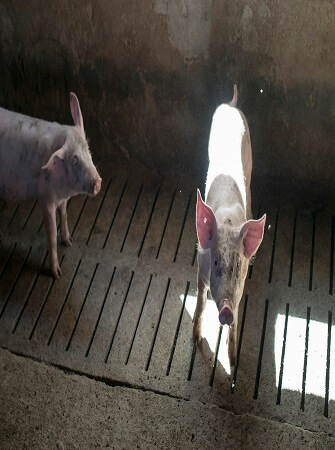
-
Watering and Feeding
Drinking troughs should be washed and disinfected every morning and refilled. Provide feed appropriately in the morning and evening. Green leaves and vegetables can be given daily if available. Dry or wet feed (other than green leaves) should be given in quantities that pigs can consume within 20 to 30 minutes. Left-over feed should be discarded the following day.

-
Removal of bedding material
After watering and feeding, clean up the pens. Remove moist beddings and replace with dry ones. Wood shavings or straw are good for bedding material.
-
Wallows
The wallows should be refilled with fresh water frequently. Wallows and shades help to cool the pigs and therefore important in the tropics
-
Exercise
Provide area for daily exercise. A fenced lot with either grass or sand will serve. Daily exercise is good for breeding stock and prevents lameness. Fat animals are poor breeders
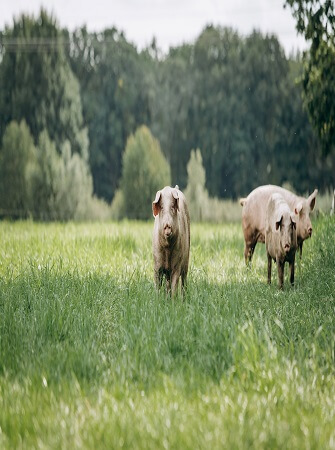
-
Animal sorting
For effective management, group young pigs together by age, gilts and boars separately. The boar’s pen should be well secured to prevent it from jumping over the walls.
To see how to effectively carry out all the pig feeding and management tips given above, signup to access our pig farming video tutorials
Are you interested in starting a pig farming and processing business? Then you can buy our pig farming and processing business plan that will show you how to start a profitable and successful pig farming and processing business. Go here to get started.
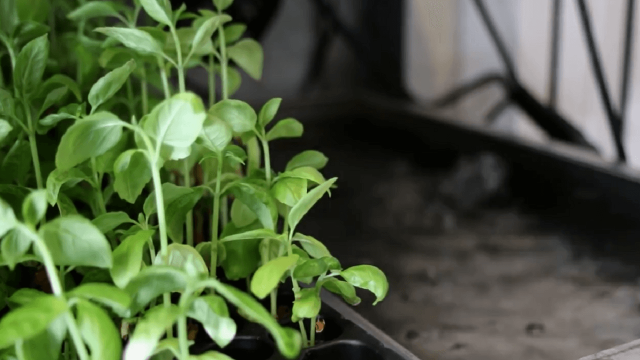
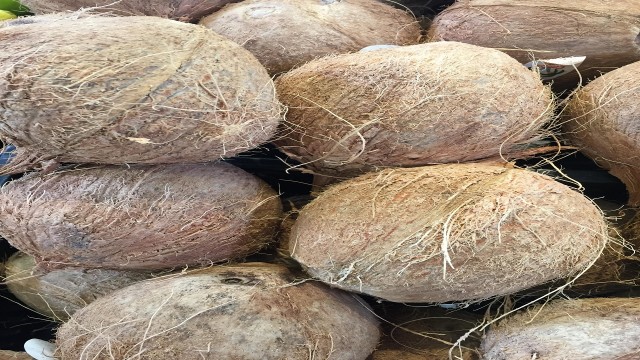

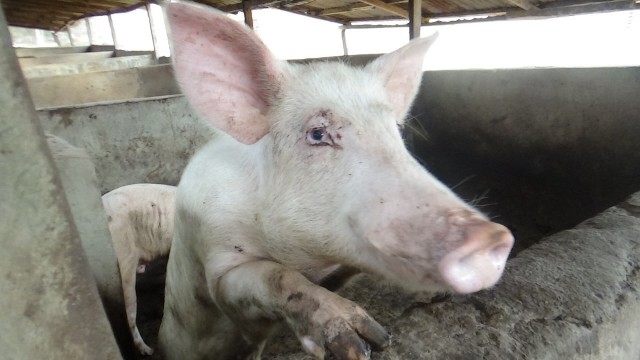

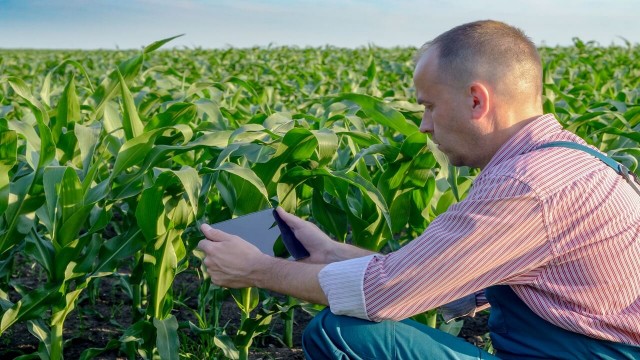
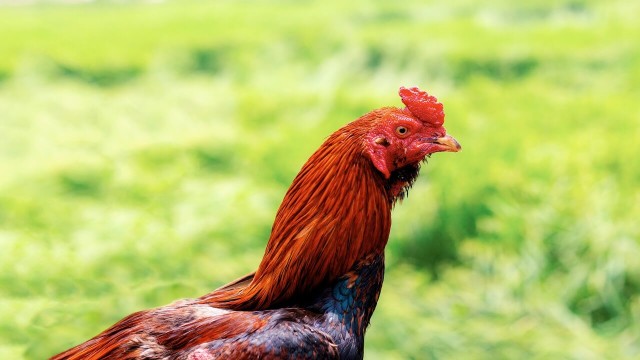

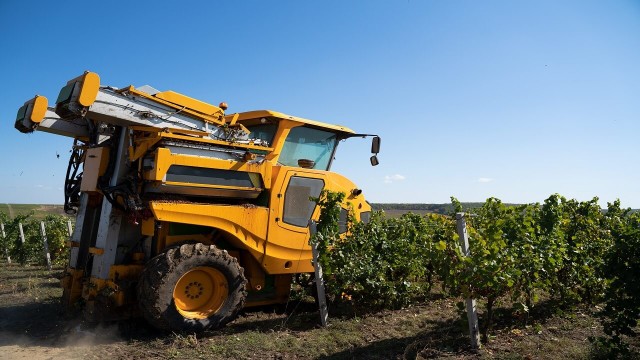

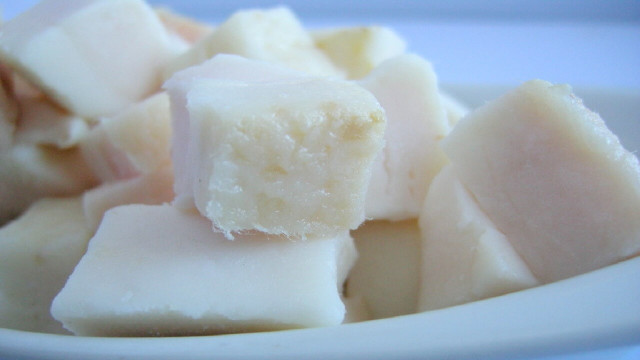

Share This Article: